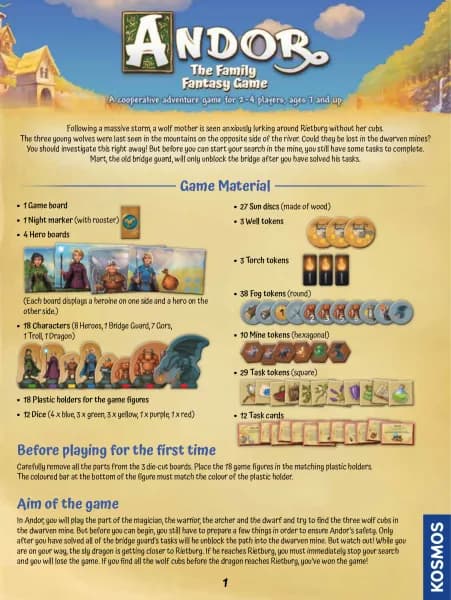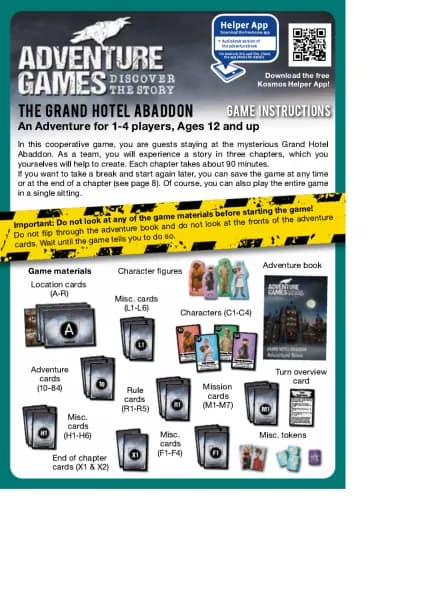Thames & Kosmos Perfume Science handleiding
Handleiding
Je bekijkt pagina 12 van 36

10
the construction paper. Do this for all 16
squares. Every small memory card will now
have a paper side and a foil side.
Divide the 16 cards into eight pairs of
two. On the paper side of both cards of a
pair, place a few drops of your perfume
oil. Similar to how visual memory games
work, there are two matching cards for
each perfume oil. To make sure that there
is no conflict during the game whether the
correct pair of smells has been found, you
should write the name of the perfume oil
on the paper hidden under the foil.
The Game
The 16 cards are put down with the paper
side down. The object of the game is to
find the matching pair of fragrances by
turning two cards over at a time, and
sniffing.
In each turn, the player can turn two cards.
Anyone finding a matching pair should let
it lie paper side up, and can then select two
more cards. If two cards are turned and
are not a pair, they should be placed back
in their spots foil side up, and it is the next
player’s turn.
> A tip: To store the game, put the smell
pairs with the perfumed sides towards each
other, and place them all into a plastic bag.
PEACH OR CHERRY?
TESTING YOUR TASTE
BUDS
Your sense of smell is very closely linked to
your sense of taste. As soon as you clamp
your nose, you will no longer be able to tell
whether you are eating a peach or cherry
yogurt.
> Materials: one each of a yogurt with
peach and cherry flavor (you can also use
other fruit flavors), 2 spoons
The Game
Close your eyes and clamp your nose firmly
with your fingers. Breathe only through
your mouth. For the test, let a friend serve
you a spoonful of the peach-flavored
yogurt and then a spoonful of the cherry
yogurt to taste. Make a bet whether you
can tell the two flavors apart. Can you?
> How can this be? While our sense of
smell is very sensitive, our sense of taste is
much simpler. While we have at least 20
smell receptors, we only have five known
taste sensors, which are classified as: sour,
salty, bitter, sweet, and umami. The latter
is Japanese and means “delicious” tasting.
In the umami category, we can recognize
sodium glutamate, which is used to amplify
the taste of foods. In contrast to our 10
million smell sensing cells, we only have
approximately 300,000 taste sensing cells.
> A tip: Large pieces of fruit make it easier
to recognize what taste it is — a cherry has
a different texture than a piece of peach.
Is it peach or is it cherry? In
this test make sure that there
are no pieces of fruit on the
spoon to tip off the taster.
Bekijk gratis de handleiding van Thames & Kosmos Perfume Science, stel vragen en lees de antwoorden op veelvoorkomende problemen, of gebruik onze assistent om sneller informatie in de handleiding te vinden of uitleg te krijgen over specifieke functies.
Productinformatie
| Merk | Thames & Kosmos |
| Model | Perfume Science |
| Categorie | Niet gecategoriseerd |
| Taal | Nederlands |
| Grootte | 9865 MB |







